Oriental Mindoro is one of the largest islands in the Philippines, known for its balance of natural beauty, cultural heritage, and thriving biodiversity. It is home to the indigenous Mangyan people, whose traditions and way of life remain an important part of the island’s identity. The island features a diverse landscape of mountains, forests, rivers,
Oriental Mindoro is one of the largest islands in the Philippines, known for its balance of natural beauty, cultural heritage, and thriving biodiversity. It is home to the indigenous Mangyan people, whose traditions and way of life remain an important part of the island’s identity. The island features a diverse landscape of mountains, forests, rivers, and coastal areas, making it rich in natural resources and agriculture. Its waters are among the most biologically diverse in the world, while its land supports farming, fishing, and eco-tourism. Mindoro plays a vital role in the Philippines both as an ecological haven and as a cultural stronghold that bridges tradition and progress.
Simbahang Bato: A 17th-Century Testament to Resilience and Devotion

The Simbahang Bato, also called the Bancuro Church, is a historic Roman Catholic landmark situated in Barangay Bancuro, Naujan. Dating back to the late 1600s, it was constructed by Augustinian missionaries between the 1680s and 1690s. Built with coral stones and reinforced by lime mortar, its massive walls have remarkably endured the passing centuries.
Initially established as a convent before being converted into a parish. The church once served not only as a place of worship. But also as a refuge and defensive fortress. However, in 1842, it suffered great devastation during a Moro raid locally remembered as the “Asultos de Moro”. Which brought about the destruction of Naujan’s early settlement.
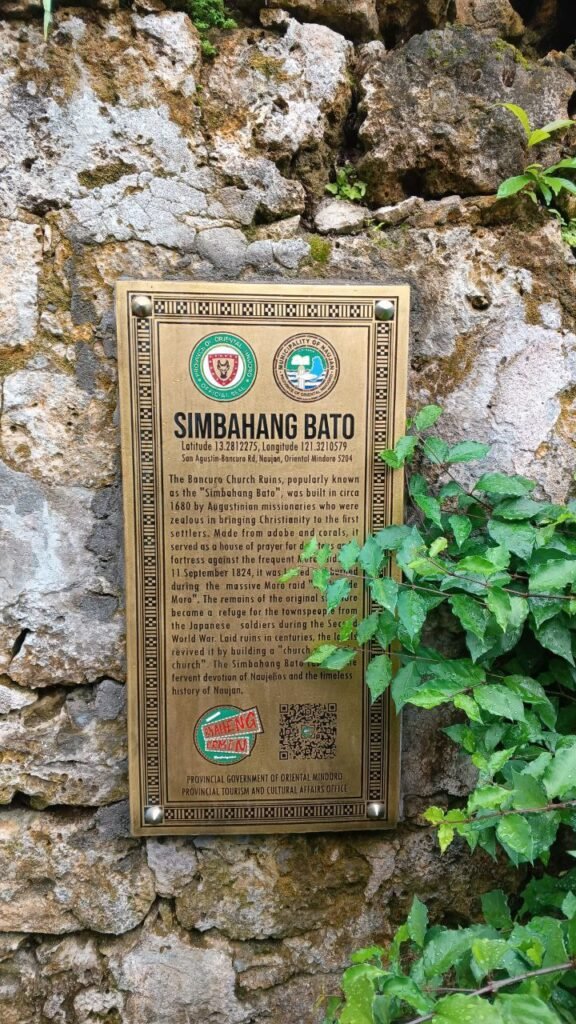
The imposing ruins earned the nickname “a church within a church” due to the presence of a modest chapel. Built within the remnants of its massive walls. During World War II, locals used these remaining stone walls as a protective sanctuary from Japanese forces. Post-war, community efforts restored the site’s spiritual focus by establishing the inner chapel using simple materials like palm and wood. Archaeologically, the site drew attention in 2004 when the University of the Philippines Archaeological Studies Program conducted excavations to explore Naujan’s early settlement. This initiative helped spark interest in preserving the ruins as a tourism and heritage site
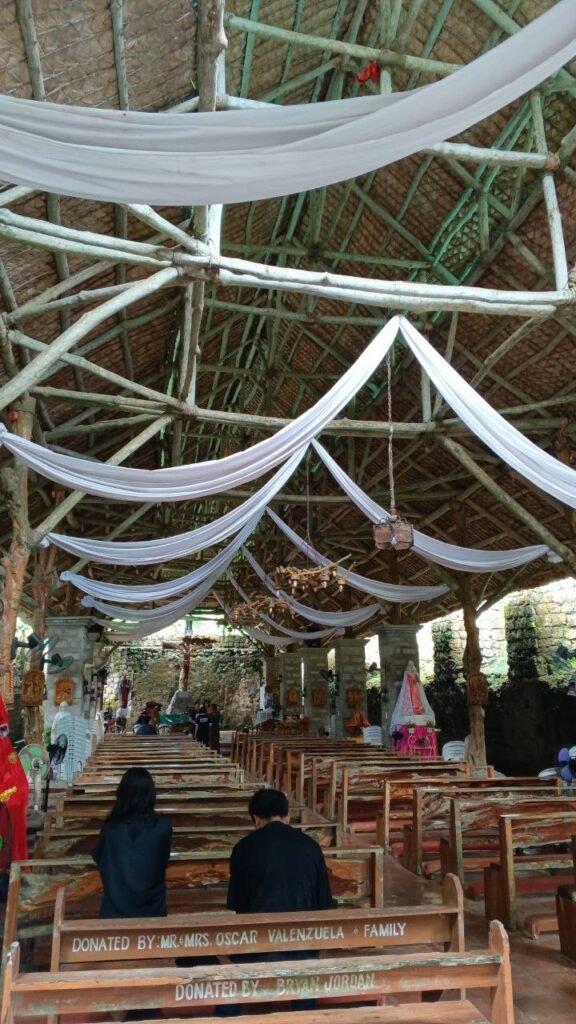
Today, Simbahang Bato stands as both a historical landmark and a place of worship. It continues to host Sunday Masses—at least one weekly—and draws both pilgrims and travelers intrigued by its rich heritage. Local tourism authorities also include the site among Oriental Mindoro’s treasured cultural attractions.
Bonifacio Monument

Located at the center of Naujan, Oriental Mindoro. The Bonifacio Monument in Liwasang Bonifacio stands as an enduring tribute to the courage of the Katipuneros during the Philippine Revolution. Its abstract, upward-reaching design symbolizes strength and unity, reflecting the revolutionary spirit of Andrés Bonifacio and the Filipinos’ quest for freedom. Beyond being a historical landmark, it represents Naujan’s strong link to the nation’s past and serves as a meaningful space where heritage, community, and patriotism come together.
The Bonifacio Monument in Naujan is more than a commemorative structure it is a living reminder of the courage, unity, and sacrifice that shaped the Filipino nation. By honoring Andrés Bonifacio and the Katipuneros, it inspires present and future generations to uphold the same spirit of patriotism and resilience. As both a cultural landmark and a symbol of pride for the people of Oriental Mindoro, the monument stands as a timeless testament to the enduring fight for freedom and the unbreakable bond between history and community.
Naujan River in Oriental Mindoro

The Naujan River in Oriental Mindoro is a vital waterway that flows into the renowned Naujan Lake, the largest lake in Mindoro and the fifth largest in the Philippines. This river serves as an important natural resource, sustaining agriculture, fisheries, and the daily needs of the communities around Naujan. Beyond its economic importance, the river also adds to the natural beauty and ecological richness of the Naujan Lake National Park, making it a significant landmark in the province
Flowing gracefully into the heart of Oriental Mindoro, the Naujan River serves as the lifeblood of the municipality of Naujan. Emptying into the majestic Naujan Lake. The largest lake in Mindoro and the fifth largest in the Philippines, this river nourishes fertile lands, sustains fisheries, and provides communities with both livelihood and life itself. More than just a natural resource, the Naujan River is a symbol of harmony between people and nature, enriching the province with its beauty while contributing to the ecological wonders of the Naujan Lake National Park
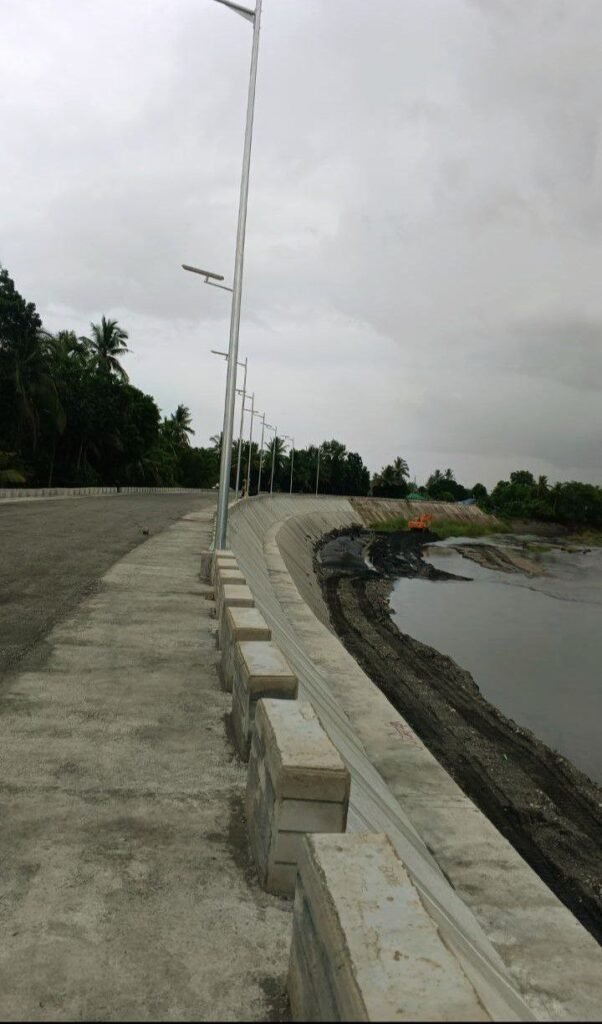
Inspired by Manila’s renowned Baywalk, the Pangalaan River project is envisioned as a dual-purpose development. A protective flood-control structure and a functional public space. It is designed not only to safeguard low-lying riverside communities from flooding to serve as a promenade or roadway for residents. According to the municipal information office, the structure is planned to be “as durable and resilient” as its Manila counterpart.

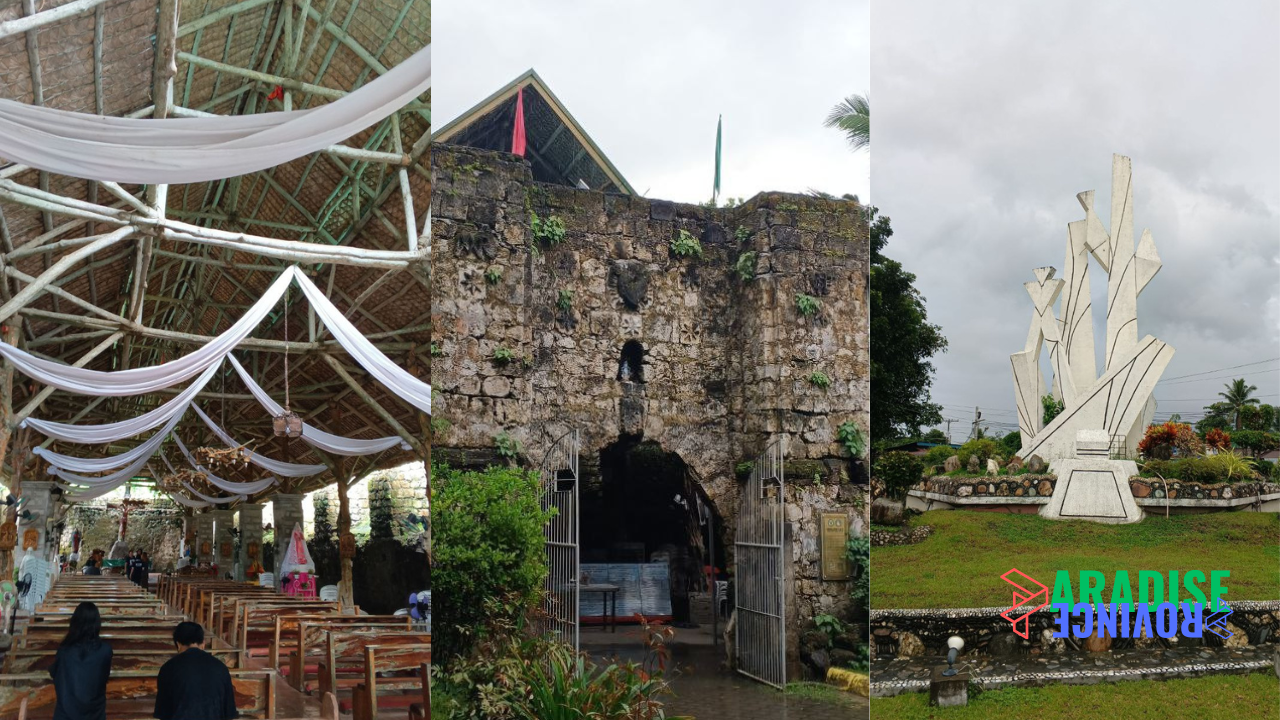
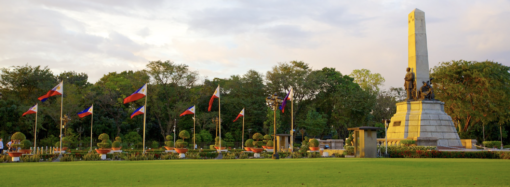




Leave a Comment
Your email address will not be published. Required fields are marked with *